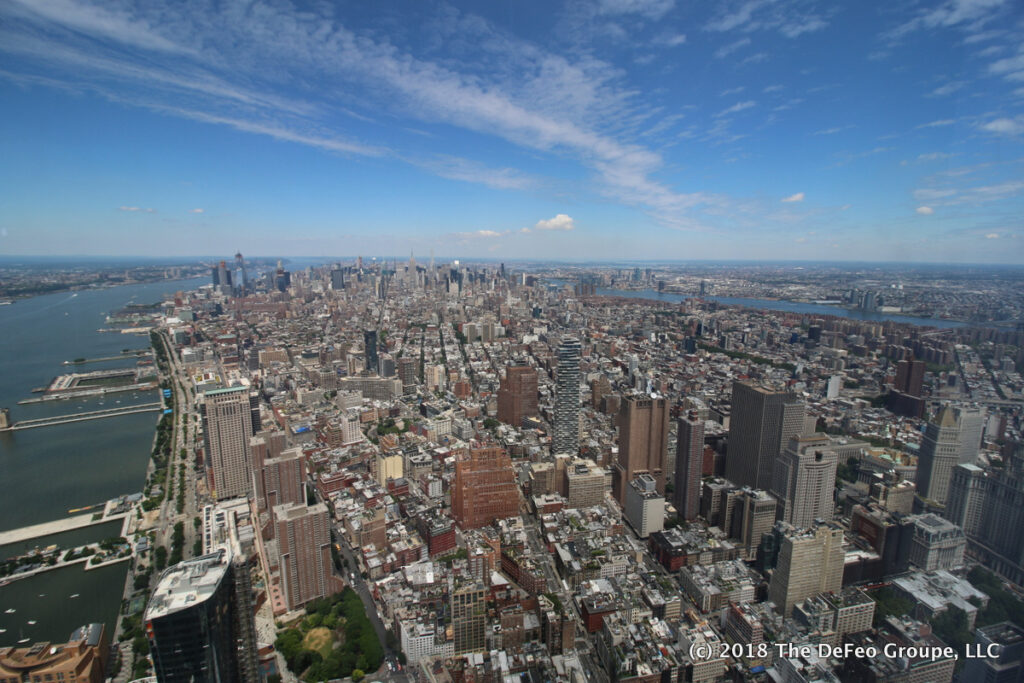(The Center Square) – Once the epicenter of the pandemic, New York’s COVID-19 numbers continue to stabilize and drop as its tourism sector seeks a gradual recovery.
“It’s time to move forward,” Pat Proctor, marketing director of Rainbow Air, a company which gives tourists 10-minute helicopter flights over Niagara Falls, told the Buffalo News. “I have a positive feeling we can recover.”
The firm resumed their tours in early July, around the time New York saw an increase in tourist spending.
Tourists spent $541 million for the week ending June 20, which is approximately $373 million less from a year ago but $380 million more than what they spent two months ago, according to Tourism Economics.
With the U.S.-Canada border still closed, the Buffalo area is losing approximately 40 percent of its annual tourism visits from Ontario residents.
“It’s very important to us to have the border open,” Patrick Kaler, president of Visit Buffalo Niagara, told The News.
Unfortunately, news reports this week indicate that the border closure is likely to linger into late August.
In the meantime, tourism promotion groups are trying to convince New Yorkers and residents of nearby states to visit state attractions.
“We are beginning to see more normal levels of visitation now that schools are out of session, but it’s too early to draw any conclusions,” Dan Keefe, spokesperson for Niagara Falls State Park, told The News.
But with the memory of New York as the epicenter of the virus still fresh in some tourists’ minds, tourism executives are calling on the state to launch a $4 million matching program for local tourism offices to spend on marketing.
“It’s imperative to the future economic health of the state for jobs and businesses that we not let the headlines of a public health crisis shape the brand of tourism for New York state,” Robert Provost, president of the New York state Tourism Industry Association, told The News. “However, maybe because we were so adversely affected, we responded robustly and seriously … and now New York is perhaps the safest haven in the country for travelers.”
STR, a company that provides market data on the hotel industry, told The News that hotel occupancy rates are also slowly climbing back up after the plunge in March. Nearly 40 percent of hotels statewide were filled the week ending June 20, which is a 28 percent increase from the week ending March 28.
“Tourism is a very resilient industry,” Kaler said. “We’re not going to see 2019 tourism levels until 2022.”
